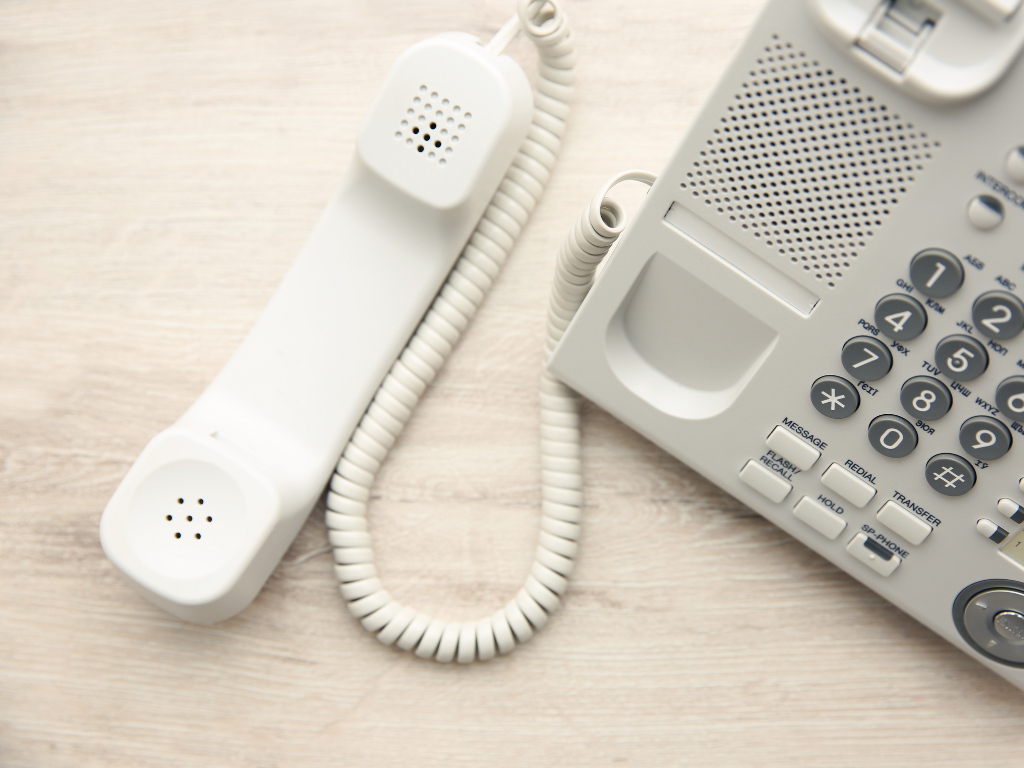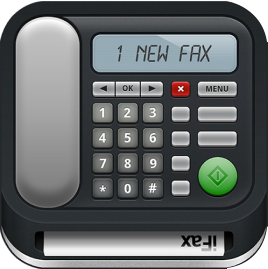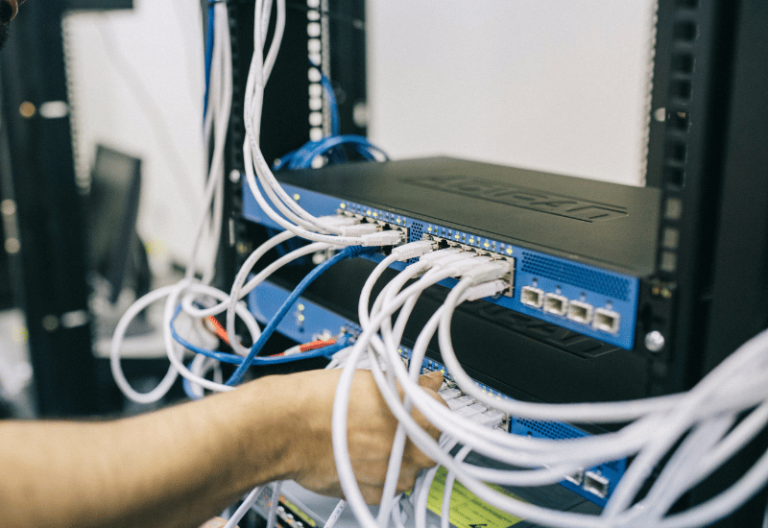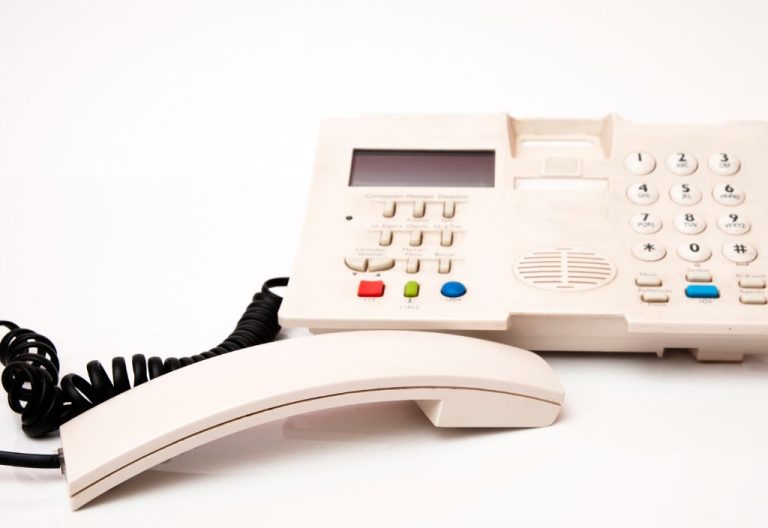Running a business means cutting costs and staying flexible. If you’re still stuck with an outdated POTS line, it’s time to find a better alternative.
Here’s a detailed POTS vs VoIP comparison showing you how upgrading your phone system could be one of the smartest moves you make this year.
Table of Contents
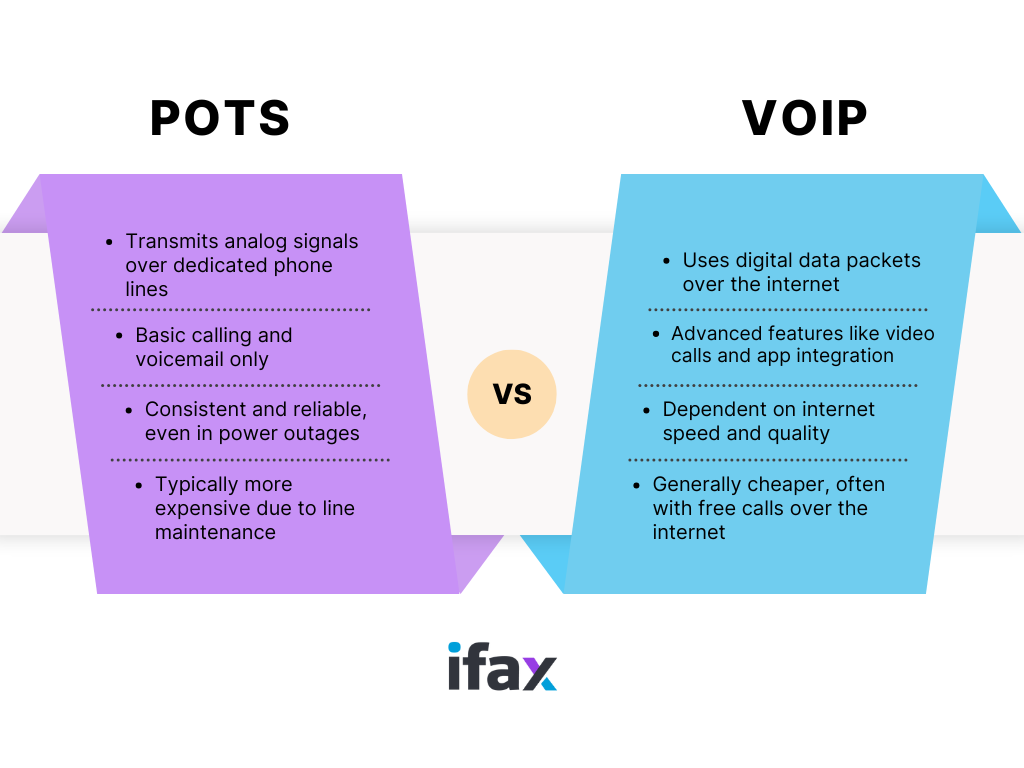
Difference Between POTS and VoIP
Here’s a quick overview of the difference between VoIP vs POTS.
| Feature | POTS (Plain Old Telephone Service) | VoIP (Voice over Internet Protocol) |
| Technology | Analog signal over copper wires | Digital data packets over the internet |
| Infrastructure | Uses dedicated telephone lines | Requires an internet connection |
| Cost | Typically more expensive due to line maintenance | Generally cheaper, often with free calls over the internet |
| Call Quality | Consistent and reliable, even in power outages | Dependent on internet speed and quality |
| Flexibility | Limited to physical phone lines | Can be used on multiple devices (PC, mobile, VoIP phones) |
| Features | Basic calling and voicemail | Advanced features like video calls, call forwarding, and integration with apps |
| Scalability | Limited; requires physical lines for expansion | Highly scalable, ideal for businesses |
| Reliability | Very reliable, works without internet | Can be affected by internet issues or power outages |
Is POTS a VoIP?
No, POTS and VoIP are distinct communication technologies operated using different infrastructures. POTS uses analog signals transmitted over copper telephone lines, operating on the traditional circuit-switched network. Meanwhile, VoIP transmits voice over the internet or private IP networks.
While both provide voice communication, VoIP is a modern, internet-based alternative to POTS, offering more flexibility and cost savings.
Read Further: What is POTS (Plain Old Telephone System)?
What Is VoIP?
VoIP (Voice over Internet Protocol) uses the Internet rather than traditional phone lines to connect calls. It converts your analog voice signals into digital data packets and transmits them online.
This allows you to place a phone call using any device that is connected to the Internet. With a VoIP plan, you can call anyone from anywhere without being tied to a physical landline.
Should You Still Use a POTS Line?
If it’s available in your area, upgrade to a VoIP phone. While POTS remains a reliable option, especially for emergency services and critical infrastructure, the reality is that telecom companies are switching their entire network from analog to digital. Before long, telecom companies will stop supporting POTS lines.
Because of its versatility and scalability, VoIP offers a more practical and cost-effective alternative. Continuing internet availability and quality improvements will also resolve any lingering VoIP concerns. This includes support for critical systems like alarms, emergency hotlines, and elevators.

VoIP vs POTS: Detailed Comparison
Technology & Infrastructure
POTS relies on analog signals transmitted through dedicated copper telephone lines, using a circuit-switched network that has existed for over a century. This infrastructure offers high reliability and consistent call quality, even in a power outage, as traditional landlines can operate without power from external sources.
Meanwhile, VoIP converts voice into digital data packets and transmits them over the internet or private IP networks. It leverages existing broadband connections, eliminating the need for separate phone lines. However, VoIP needs external power sources, including backup ones, to function.
Cost & Pricing
With telecom companies retiring their copper lines, POTS costs exorbitantly more than VoIP plans. An average POTS plan can be as much as 10x more expensive than a VoIP plan. That’s because physical lines are expensive to install and maintain. POTS lines also charge expensive per-minute rates for international calls.
Since VoIP plans use the existing internet infrastructure, they’re significantly cheaper to install and maintain. VoIP plans also typically offer unlimited calls and charge either free or low-cost international calls. Plus, you can easily add extra users without significant cost investments.
Read Further: How much does POTS telephone cost?
Call Quality & Reliability
VoIP’s call quality depends on your internet speed and bandwidth. If you’re using low-speed or intermittent internet, your calls might suffer from delays or jitters. Meanwhile, POTS maintains consistent and high call quality with very low latency since it’s circuit-switched. POTS is also more reliable than VoIP during power outages and internet disruptions.
Features & Functionality
POTS is good for basic calls only. It can also offer conference calls and call forwarding but requires additional hardware to do so. VoIP works for phone calls and has built-in advanced features like voicemail-to-email transcription, video conferencing, advanced call forwarding, and more.
Unlike POTS, VoIP can be integrated with business tools like CRM and email, making it a powerful communication device for modern offices.
Flexibility & Mobility
With POTS, you need to make calls from a fixed location. You can’t just unplug a landline phone and bring it somewhere else. VoIP is more flexible and can be used anywhere with an internet connection. It works with IP phones, computers, tablets, and smartphones, making it ideal for remote workers and global offices.
Security & Privacy
POTS relies on the physical security of the phone lines. They don’t encrypt calls because landline calls are difficult to intercept and not susceptible to DDoS or cyber-attacks.
On the other hand, VoIP calls conducted over the Internet are more vulnerable to hacking, eavesdropping, and other security risks. To mitigate this risk, VoIP providers employ encryption protocols to secure calls.
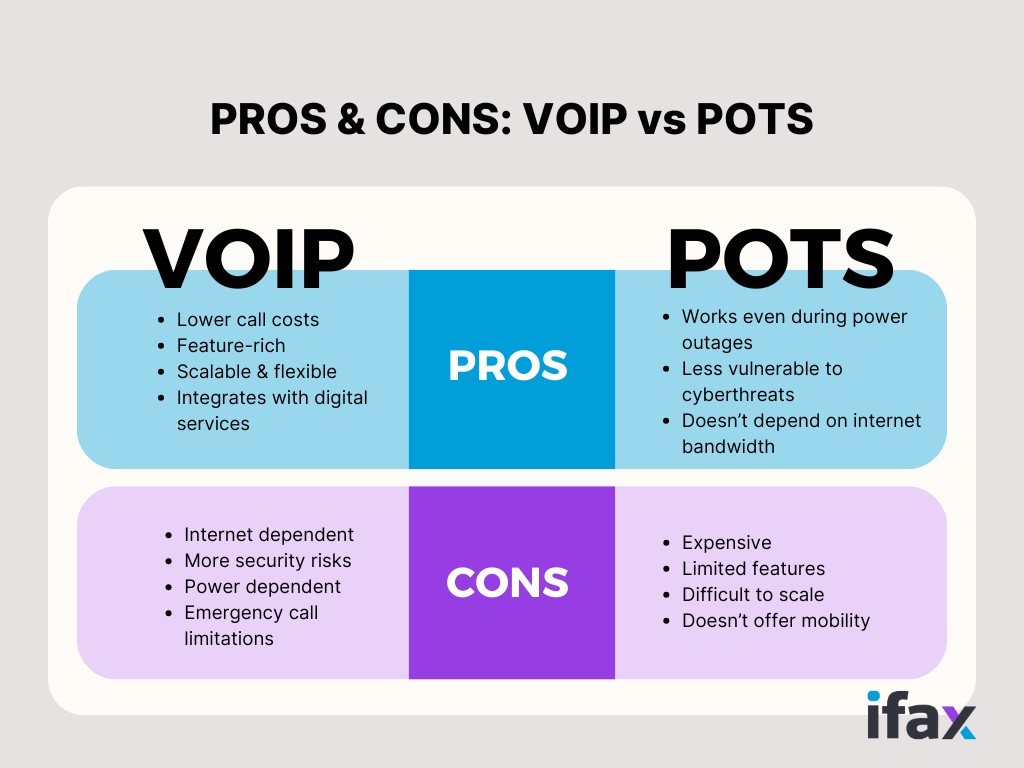
POTS vs VoIP: Pros and Cons
Here’s a breakdown of the pros and cons of POTS vs VoIP:
| POTS (Plain Old Telephone Service) | VoIP (Voice over Internet Protocol) | |
| Pros | ✅ Highly Reliable – Works even during power or internet outages. ✅ Consistent Call Quality – No dependency on internet bandwidth. ✅ Simple & Secure – Less vulnerable to cyber threats. ✅ Emergency Services – Direct 911 access with accurate location tracking. | ✅ Cost-Effective – Lower call costs, especially for long-distance & international calls. ✅ Feature-Rich – Call forwarding, voicemail-to-email, video calls, and conferencing. ✅ Scalable & Flexible – Easy to add users & accessible from multiple devices. ✅ Integration with Digital Services – Can work with CRM, email, and business apps. |
| Cons | ❌ Expensive – Higher costs for installation, maintenance, and long-distance calls. ❌ Limited Features – Basic calling functions without modern digital integrations. ❌ Lack of Mobility – Tied to a physical location. ❌ Difficult to Scale – Adding lines requires new wiring and hardware | ❌ Dependent on Internet – Poor connectivity affects call quality ❌ Security Risks – Vulnerable to hacking, phishing, and VoIP fraud. ❌ Power Dependency – Doesn’t work during power outages unless backup power is available ❌ Emergency Call Limitations – Some VoIP services struggle with accurate location tracking for 911 |
POTS Line vs VoIP: Which Is Better For Your Business?
While POTS provides reliability and stable call quality, it is an aging technology with rising costs and limited flexibility. It may still serve specific needs, such as emergency services or rural areas, but for most businesses, holding on to POTS means holding back growth.
VoIP is the future of business communication. It offers cost savings, scalability, and advanced features like call forwarding, video conferencing, and mobile integration, allowing you to stay connected from anywhere. Plus, if you’re still relying on traditional faxing over POTS, switching to online faxing will modernize your document workflow, eliminating the need for outdated fax machines and dedicated phone lines.
Now is the time to future-proof your business. Upgrading to VoIP isn’t just a smart move. It’s necessary for a more efficient, flexible, and cost-effective communication system. Don’t wait until POTS becomes obsolete; make the switch today.



